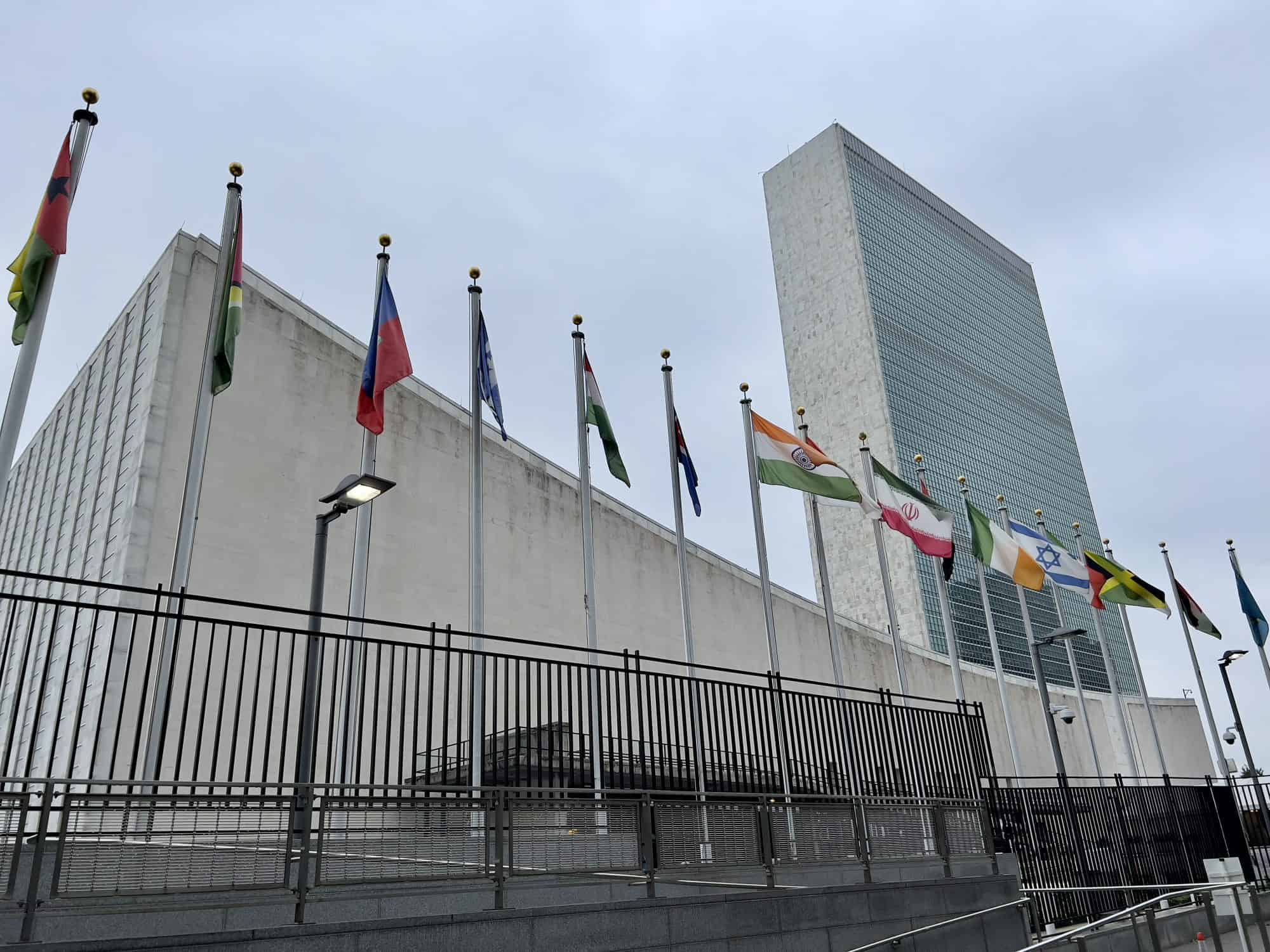Geneva, Switzerland— Half of the world’s healthcare facilities lack basic hygiene services, putting nearly four billion people at greater risk of infection, the United Nations said Tuesday.
These facilities do not have water and soap or alcohol-based hand rub where patients receive care, and in their toilets, according to the World Health Organization (WHO) and the UNICEF children’s agency.
Around 3.85 billion people use these facilities, putting them at greater risk of infection, including 688 million people who receive care at facilities with no hygiene services at all, the UN agencies said in their Joint Monitoring Program report.
“Hygiene facilities and practices in healthcare settings are non-negotiable,” said the WHO’s Maria Neira.
“Their improvement is essential to pandemic recovery, prevention and preparedness.
“Hygiene in health care facilities cannot be secured without increasing investments in basic measures, which include safe water, clean toilets, and safely managed health care waste.”
The newly established global estimate, based on data from 40 countries, presents an “alarming picture” of the state of hygiene in health facilities, the report said.
It said 68 percent of health care facilities had hygiene facilities at points of care, and 65 percent had handwashing facilities with water and soap at toilets.
However, only 51 percent had both, and therefore met the criteria for basic hygiene services.
Furthermore, nine percent of health care facilities globally have neither.
“If health care providers don’t have access to a hygiene service, patients don’t have a healthcare facility,” said UNICEF’s Kelly Ann Naylor.
“Hospitals and clinics without safe water and basic hygiene and sanitation services are a potential death trap for pregnant mothers, newborns, and children.
“Every year, around 670 000 newborns lose their lives to sepsis. This is a travesty — even more so as their deaths are preventable.”
The report said facilities in sub-Saharan Africa were lagging, with only 37 percent having handwashing facilities with soap and water at toilets.
In the least developed countries, only 53 percent of facilities had access to a protected water source on site.
Globally, around three percent of healthcare facilities in urban areas and 11 percent in rural areas had no water service.
The report also found that many facilities lacked basic environmental cleaning and safe segregation and disposal of healthcare waste.
The joint report is being launched at the World Water Week annual conference in Stockholm, which wraps up on Thursday.








